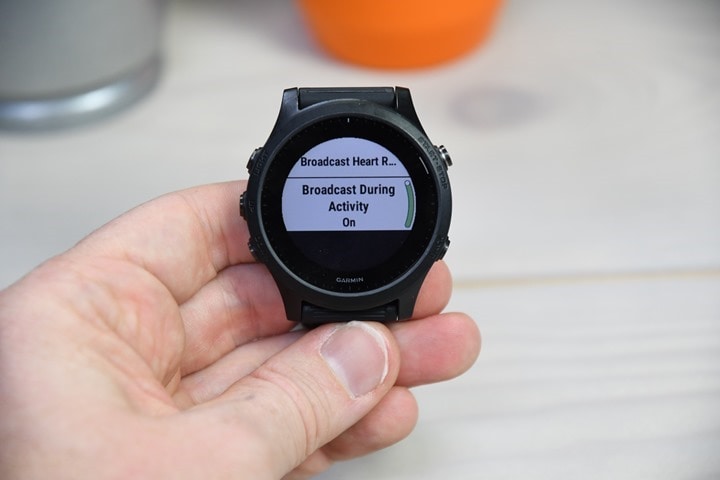
LITTLE SNITCH FOR MAC 10.12.6 SIERRA FREE
Given some free space you can always find an order for the block copy/fill that works.

In that case, you also need some free space that can used for temporary storage. It is possible that there is no such order. What you first need is something that goes through the whole list of block copy/fill instructions and figures out an order they can be done in that is safe. NO!!!!! That would likely totally trash things, because it is quite possible that a source block in one instruction may have already been overwritten as a destination in an earlier instruction. So to do an in place conversion, just follow those instructions, but with S and D the same, right? What you end up with, then, in the scratch space is essentially a set of block by block instructions for copying S to a blank disk and ending up with a D filesystem, where instructions are either "copy block X from S to block Y of D" or "Fill block Y of D with the following literal data". For blocks that would hold metadata (e.g., inode blocks on Unix filesystem), it records in the scratch space what their content would be and where they would go on D.įor blocks that would hold file data, you write into the scratch area the list of where that data resides on S, and where that data would go on D. Instead, it writes instructions for making the disk out to a file in scratch space. The new version doesn't actually write anything out to the blank disk. Once you are confident that you know how D works, you can then make a new version of your D copier. That's an S to D copier, not an S to D in place converter, but it is useful for testing your understanding of D. You also need something that given a file on S can give you a list of the block numbers that hold that file's data. One approach is to make something that given a list of files, including metadata, and a blank disk, can create a D filesystem on that disk and then copies the files to it. (I'll address removing this requirement later).

Let's also assume that we have a fair amount of scratch storage available somewhere not on the disk we are trying to convert.

Let's assume for now that S is not encrypted. Let's say you have a disk that is formatted with filesystem S (for "Source"), and you want it change it to filesystem D (for "Destination"). Converting between different file systems in place is an interesting technical problem.


 0 kommentar(er)
0 kommentar(er)
